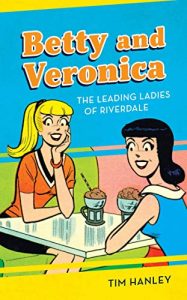
Seems like some kind of… Weird Mystery!
In 1999 – 2000, an animated adaption of Archie called Archie’s Weird Mysteries aired. The series premise involved Riverdale becoming a sort of “hellmouth” for supernatural activity, and each episode saw Archie and the gang facing off against a new monster.
While the focus of the series was Jughead and Archie (who penned a “Weird Mysteries” column in the paper that served as a narrative frame), there were a few episodes that centered on Veronica, with one turning her into a 50-foot monster and another replicating the premise of the Philip K Dick short story “Upon the Dull Earth.” While the stories may not have been flattering towards Ronnie, they at least grew out of her character.
By contrast, the animated series has a Betty-centric episode called “Misfortune Hunters” in which unscrupulous treasure hunters take advantage of the fact that Betty “loves doing good deeds.” While the creators of Archie’s Weird Mysteries may not have had many empowering ideas about Veronica, they seems at a complete loss when tasked with defining any of Betty’s personality traits.
As The Leading Ladies of Riverdale demonstrates, this loss is a huge oversight.
Competing personality types from competing comics creators
In one episode of Riverdale, Jughead’s narration drawls, “Guilt, innocence. Good, evil. Life, death.” Over their eighty-year history, some creators have attempted to align Betty and Veronica on a similar binary. But, to Jughead’s point as his narration continues: “As the shadows around Riverdale deepened, these polar opposites blurred and distorted.”
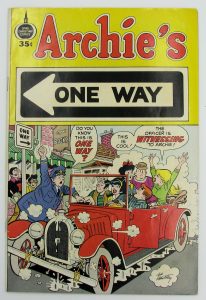
The Leading Ladies of Riverdale effectively illustrates the evolution of Betty and Veronica by adopting a perspective that considers the varying agendas of the creators who contributed to their development. The book takes into account a plethora of comics, from soap-opera style tales like 1976’s “Betty Cooper, Betty Cooper” (a serialized narrative with a story that included fantastic elements like Transylvanian Cooper ancestor), to Al Hartley’s use of Betty as a dead-eyed mouthpiece for his officially-licensed Christian propaganda, to Roberto Aguirre-Sacasa’s unfinished Afterlife with Archie story arc, “RIP Betty.”
Like four colors of ink coming together to create every shade of the rainbow, the multiple textual examples eventually coalesce into a cohesive whole, leading to a deeper understanding of both Veronica and Betty (not to mention the realization that we were robbed of an Archie’s Weird Mysteries episode about Uncle Drago Cooper).
The perspective also affords some interesting insight into the larger business practices of Archie Comics over its history, including some analysis of the effect the introduction of the Digest format had on the course of the publisher (which was of particular interest to me, since the Betty & Veronica Digests in the supermarket checkout racks were a key element in my personal introduction to the world of comics).
Childe Jugge to the Arch Tower came
The Leading Ladies of Riverdale also wisely expands its focus to include the many different non-comics mediums in which the gang has been incarnated over the years. This is both fascinating – like the history of the multiple voice actors who played Betty on the radio waves, the second of whom secured the role thanks to the Cooper-style execution of a cunning plan – and informative, as these alternative-versions of the characters often had a concrete effect on how the core personalities of the gang were understood and written.
In part, this inclusion is pure necessity. It’s impossible to look at the history of the Riverdale characters without considering the role of “Sugar, Sugar” or the Archies generally, and the idea remains true today, when arguably the longest pop culture shadow coming out of Riverdale is cast by the CW’s television series.
However, the forgotten bits of Archie adaption – including lost live action TV pilots, a failed attempt to create an American Idol-style Archies program, and movies that led only to lawsuits instead of box offices success – can be just as engaging as the songs and stories that still loom large in our collective imaginations.
An outside perspective

The fact that Hanley is working from outside Archie Comics is helpful in allowing a more objective opinion on certain periods of Riverdale history. For example, Hanley is free to state outright that the limited perception of the middle-aged white men who had complete creative control over the characters for decades affected their portrayal, and he’s free to include details that the publisher might hesitate to include in an in-house history, such as several high-profile lawsuits during the mid-2000s and early 2010s.
While in-house histories can be especially breathtaking thanks to otherwise inaccessible internal resources, the outside perspective affords Hanley an objective position with regard to the larger historical landscape. One example of the benefit of this objectivity can be seen in Hanley’s mixed response to the 2015 Archie reboot. In addition to praising the reboot for including many women on its roster of artists, Hanley can also include the critical reaction to some of the publisher’s missteps with the reboot (even quoting Katie Schenkel’s Comics Alliance review in the text), something that might have caused hesitation for an in-house history.
Everything’s Archie
Betty and Veronica: The Leading Ladies of Riverdale offers a survey of the history of our two favorite comic book teenagers, providing insight into their unique decades-long development and better illuminating the publisher as a whole.
However, of all the descriptors that may be applied to the book, “exhaustive” is not one of them: it simply isn’t possible to explore every corner of the publisher’s history in one book, and Hanley’s decision to focus on Betty and Veronica is wise.
While anyone with an interest in The Leading Ladies of Riverdale should be sure to pick up a copy, let’s hope this is only an overture for more scholarship that considers the myraid facets and individuals that comprise the Riverdale gang.


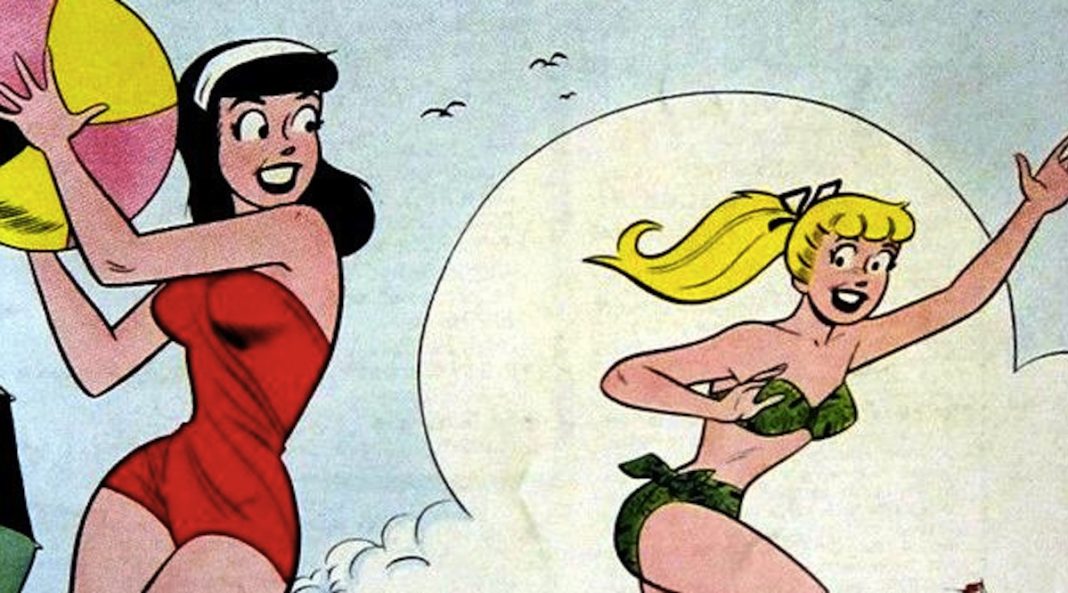
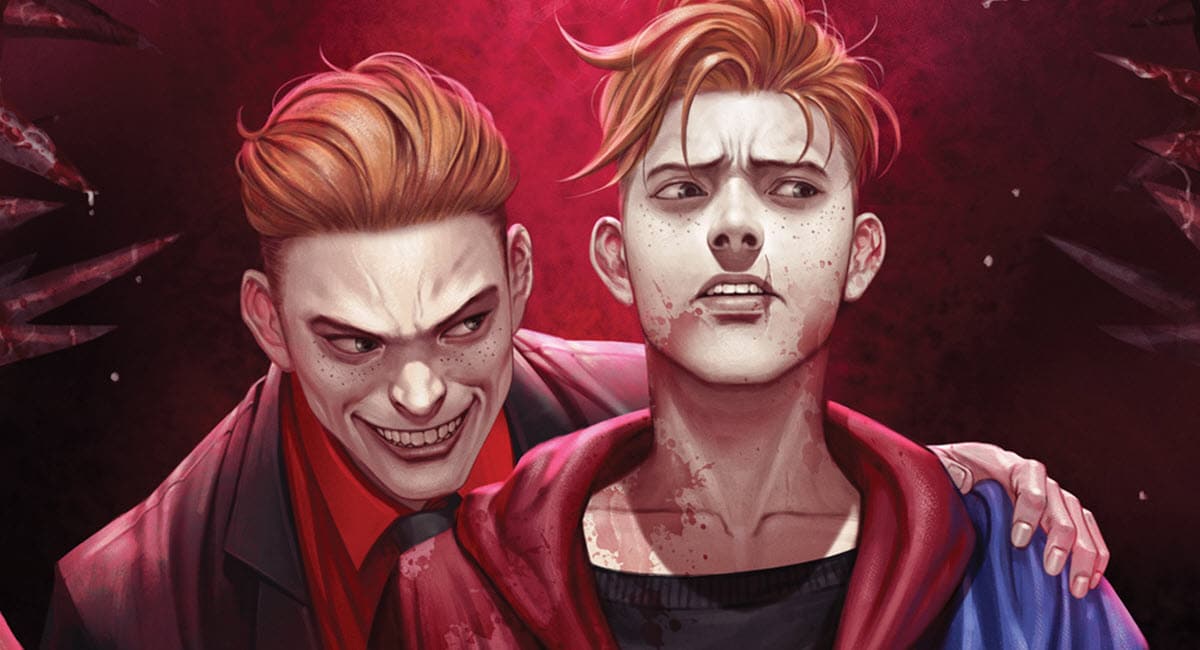
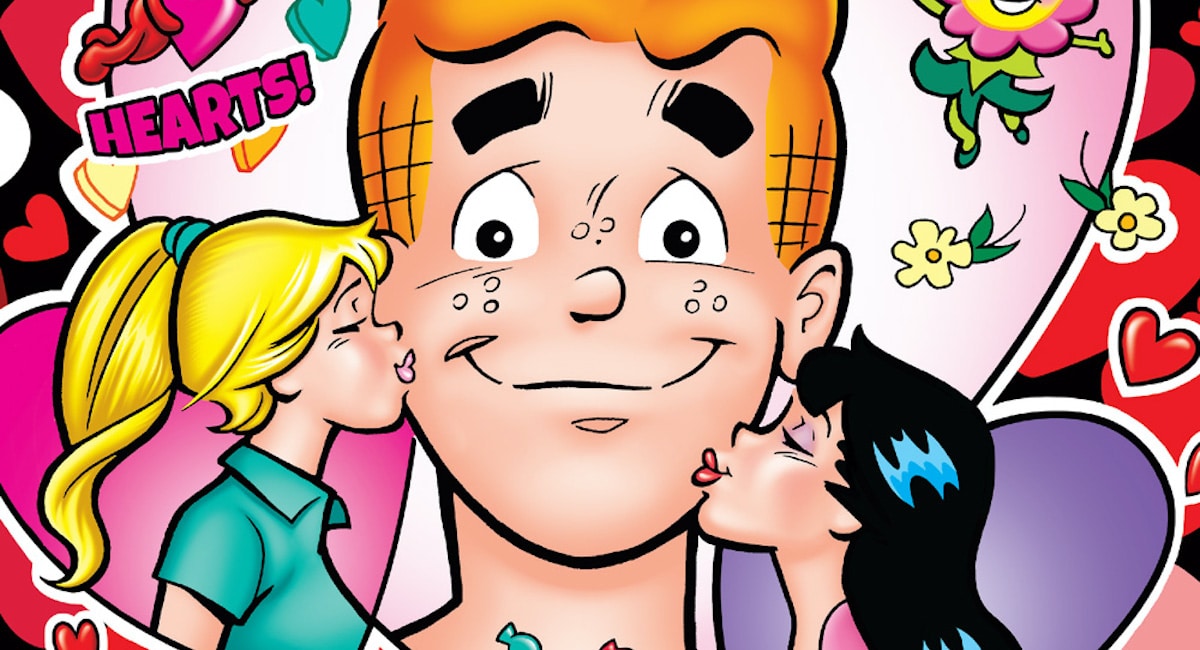





Looks interesting.
Comments are closed.